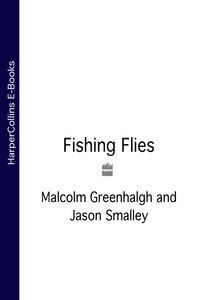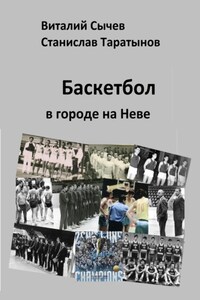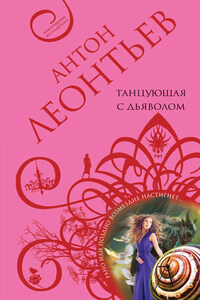The dressing of flies is one of the most delightful and at the same time one of the most impudently ambitious of human activities … Perhaps the dresser of trout-flies is the most impudent of all, for he is ready to let a fly that he has dressed join a procession of real ones and expects a trout to accept it as one of those living insects that float before his eyes at the time.
Arthur Ransome, Mainly About Fishing, 1959.
I first picked up a fly rod when I was in my teens 45 years ago and in the last 23 years fly-fishing and its associated natural history have dominated my life. Through my association with the hook-maker Partridge (now part of the Mustad empire) I have been lucky to tie flies at shows alongside the very best: people such as Peter Dunne, Oliver Edwards, Jack Gartside, Robert Gillespie, John Goddard, Hans de Groote, Preben Torp Jacobsen, Ed Jaworowski, Terry Jenner, Poul Jorgensen, Hans van Klinken, Lefty Kreh, Paul Little, Robert McHaffie, Frankie McPhillips, E. J. (Ted) Malone, Darrel Martin, Roman Moser, Marvin Nolte, Jack Norris, Hans Odegard, Marc Petitjean, Bob Popovics, Taff Price, Terry Ruane, Dave Whitlock and Davy Wootton. That this was possible was because of one man, the late Alan Bramley who, as Managing Director of Partridge of Redditch, did more than anyone in bringing together the top fly-tyers from around the world. I have dedicated this book to his memory.
I have also been very fortunate over the last 23 years in being able to travel widely with my fly-rods and to experience fly-fishing for many other species of fish besides the trout, grayling and salmon of my home waters. Species such as largemouth and smallmouth bass in Ontario; striped bass and bluefish off the shores of New England; bonefish, permit and tarpon on many a tropical ‘flat’; steelhead and sea-run cutthroat in British Columbia; char, whitefish and ide in Scandinavia; and peacock bass and piranha in four Amazonian rivers. So I have had to learn a vast array of flies far removed from the handful of trout and salmon flies of my youth.
It is impossible to have too many books about fly-fishing and fly-tying! When you cannot go fishing, and have tied enough flies for the day, it is time for a book and, maybe, a glass of something. I am doubly fortunate in that my wife seems to be happy to live in a library-cum-flyfishing den, and that Paul Morgan, proprietor of Coch-y-Bonddu Books, is a friend. Not only has Paul sold me almost enough books, but also he has used his database to check the thoroughness of the Bibliography.
Several fly-tying pals have helped with the tying of flies for this Encyclopedia: Stuart Bowdin tied most of the dry flies and loch flies, Terry Jenner the saltwater flies and Paul Little tied all the beautiful salmon flies. Other tyers who contributed flies are, Dave Bell, Brian Burnett, Ray Brown, the late Al Coen, Howard Croston, Oliver Edwards, Lawrence Finney, Wendy Gibson, Peter Greenhalgh, Les Gregory, Mick Hall, Geoff Haslam, Chris Helm, Chris Hosker, Ed Jaworowski, Peter Joest, the late Poul Jorgensen, Ian Kennedy, Torrill Kolbu, Ted Malone, Ken Maylor, Robert McHaffie, Stevie Munn, Dick Nelson, Wally Nowak, Steve O’Dea of Donegal Flies, Marc Petitjean, Bob Popovics, Terry Ruane, Roger Salomonsson, Riny Sluiter, Mikko Stenberg, Paul van den Driesche, Chris Wadmore, Bar Woodall and Terenzio Zandri.
I would also thank Partridge (Mustad) for providing hooks, and Steve Cooper (Cookshill), Flytec, Glasgow Angling Centre, Lakeland, Lureflash and Marc Petitjean for tying tools and materials.
Malcolm Greenhalgh,Lowton, April 2009.








